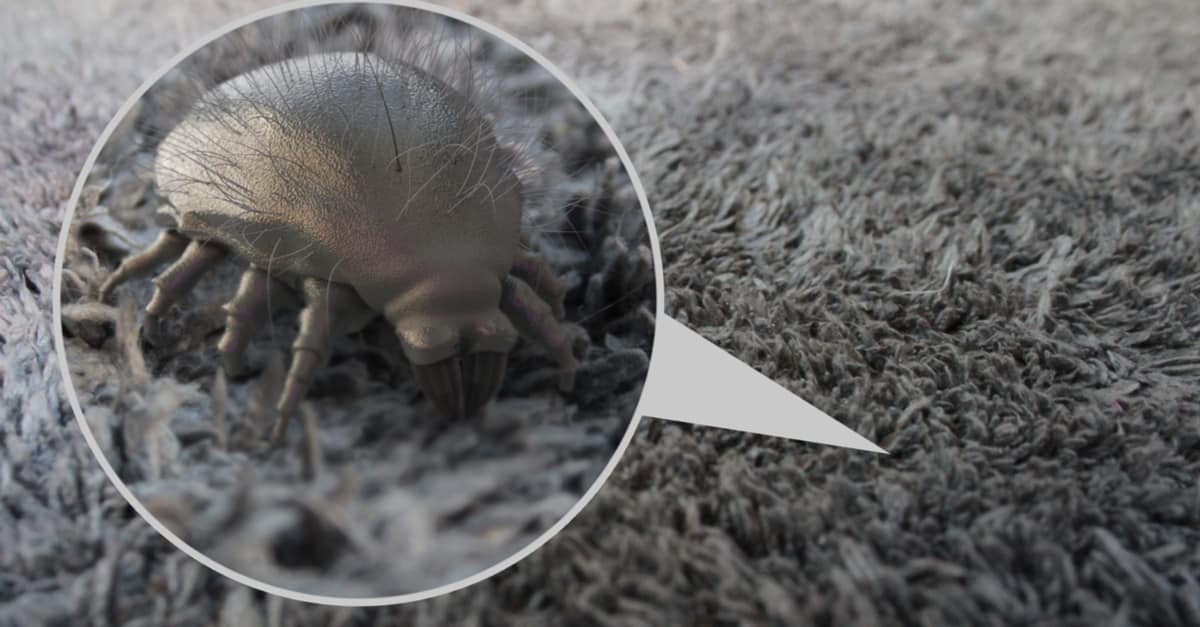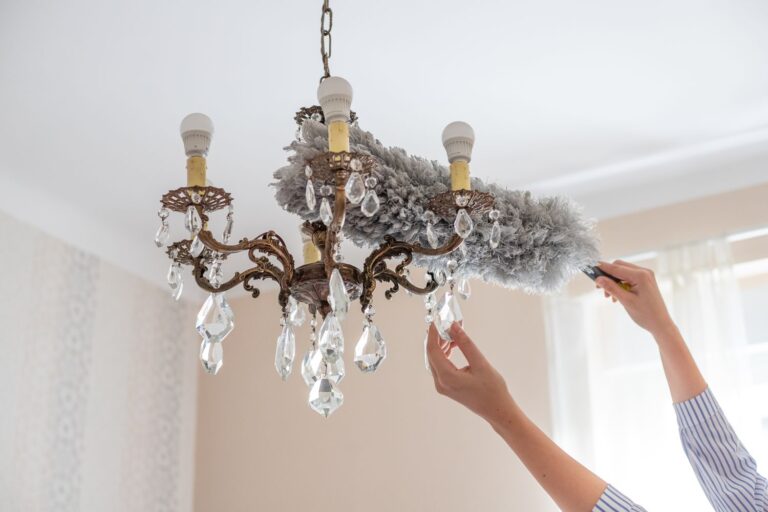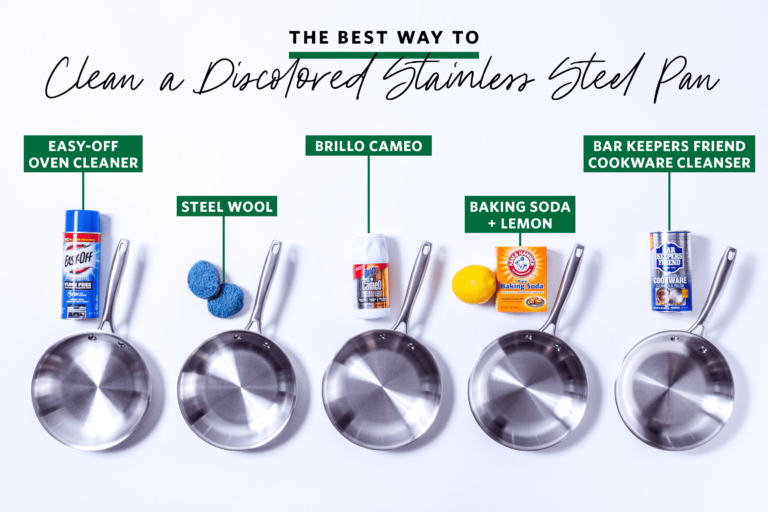How Do I Know If My Mattress Has Dust Mites?
If you are concerned about dust mites in your mattress, there are a few signs you can look for that may indicate their presence. Dust mites are microscopic creatures that feed on the dead skin cells that we shed every night. They are one of the most common triggers of allergies and asthma, and can cause a variety of health problems. To determine if your mattress is infested with dust mites, look for signs of their droppings, which may appear as small black or brown spots on your sheets or mattress. You may also see evidence of their webbing, which resembles tiny cobwebs. If you notice any of these signs, it may be time to replace your mattress.
What Are Dust Mites?
Dust mites are tiny, microscopic creatures that feed off the dead skin cells found in mattresses, pillows, and other soft surfaces. They are one of the most common allergens and can cause a range of symptoms, including sneezing, coughing, itchy eyes, and even asthma attacks. To make matters worse, dust mites can survive and thrive in warm, humid environments, making your bedroom a prime target for dust mite infestations. Dust mites can be difficult to detect, as they are invisible to the naked eye. However, there are a few signs to look out for that can tell you if your mattress is hosting dust mites.
Signs of Dust Mites in Your Mattress
Dust mites are microscopic organisms that can make your mattress their home, leading to health problems over time. Knowing when to replace your mattress is not only important for comfort, but also for maintaining good health. Fortunately, there are some signs you can look out for that will tell you if your mattress has dust mites.
The most obvious sign of dust mites is if you start to suffer from allergies or asthma symptoms. Dust mites produce waste and body parts that can trigger allergies and asthma. If you start to experience coughing, sneezing, itchy eyes, or difficulty breathing, it could be a sign that dust mites are present.
Another sign is if you notice small yellow or white spots on your mattress. This is the dust mites’ waste and can accumulate over time. If you see this, it’s time to invest in a new mattress. Additionally, if you notice a musty smell coming from your mattress, it could be due to dust mites.
Finally, if you have had your mattress for more than 8 years, it’s probably time to replace it. Dust mites can accumulate over time, and the longer your mattress is around, the more dust mites it’s likely to have.
To make sure your mattress is dust mite-free, it’s important to regularly vacuum it and use dust mite covers. This will help keep dust mites away and ensure that you’re getting a good night’s sleep.
How to Test for Dust Mites in Your Mattress
Dust mites are microscopic arachnids that feed off the flakes of our skin that we shed every day. While generally harmless, they can trigger allergies and asthma in some people. So, it’s important to know if your mattress harbors them. Here are some simple ways to test for dust mites in your mattress and how to prevent them from returning.
The easiest way to test for dust mites is to use a mattress protector. These covers are designed to prevent dust mites from entering your bedding. However, if you suspect that your mattress has dust mites, you may want to take a more in-depth approach.
Another method to test for dust mites is to use a vacuum cleaner with a HEPA filter. Vacuum your mattress, paying close attention to areas where dust mites may be hiding, such as seams, folds, and crevices. Vacuuming regularly helps to reduce the number of dust mites in your mattress.
Finally, if you want to be sure that your mattress is free of dust mites, you can purchase a dust mite detector. These detectors are designed to detect the presence of dust mites in your mattress and can help you identify problem areas.
To prevent dust mites from returning, you should regularly wash your sheets and mattress covers in hot water and dry them on high heat. Additionally, keeping your bedding clean and dry is essential in reducing the number of dust mites in your mattress. Finally, investing in a mattress protector is a great way to keep your mattress free from dust mites.
How to Prevent Dust Mites from Infesting Your Mattress
Dust mites are a common and unpleasant household problem. Though they may be invisible, their presence can cause a range of symptoms, from sneezing and skin allergies to asthma attacks. To make matters worse, they can be found in mattresses, pillows, and other upholstered furniture. Knowing how to prevent dust mites from infesting your mattress is an important part of maintaining a healthy home.
One of the best ways to prevent dust mite infestations is to keep your mattress clean and dry. Vacuum your mattress regularly, and use a damp cloth to keep your mattress free of dust and other debris. You should also use a mattress cover designed to prevent dust mites from entering your mattress. Additionally, use hypoallergenic bedding and pillows to reduce the number of allergens in your bedroom.
To further reduce your chances of dust mite infestations, you can also reduce the humidity in your home. Dust mites thrive in warm, humid environments, so keeping your home’s humidity levels in check can help keep them away. Additionally, you can use air conditioners and dehumidifiers to reduce the humidity in your home.
Remember that preventing dust mites from infesting your mattress is an important part of maintaining a healthy home. Taking the right steps to keep your mattress clean and dry, using hypoallergenic bedding, and controlling the humidity levels in your home can all help keep dust mites away.

How to Treat an Infestation of Dust Mites
Dust mite infestations can be difficult to diagnose and even harder to treat. But it’s important to take action if you suspect your mattress has been invaded by dust mites. An infestation of dust mites can cause a range of uncomfortable and potentially serious health problems, from allergies to asthma.
The first step in treating an infestation of dust mites is to clean and vacuum your mattress. Vacuuming can remove many of the dust mites that have already made themselves at home in your mattress. At the same time, you should also wash all bedding, including your pillowcases, in hot water to get rid of any dust mites that may have taken up residence there.
After you’ve cleaned your mattress and bedding, it’s important to use an anti-mite solution to kill any remaining dust mites. Anti-mite sprays, powders and creams are designed to get rid of dust mites and their eggs. Be sure to follow the instructions on the packaging carefully and use the product in the recommended amount.
Finally, you should invest in a mattress protector or cover to keep dust mites away. Mattress protectors are designed to be dust-proof and waterproof, so they can be a great way to prevent dust mites from taking up residence in your mattress in the future.
By following these steps, you can help to reduce the risk of a dust mite infestation in your mattress and protect your health. So if you suspect your mattress may have dust mites, be sure to take action and get rid of them right away.
How to Get Rid of Dust Mites in Your Mattress
A clean and dust-free mattress is essential for a good night’s sleep. Unfortunately, mattresses are a breeding ground for dust mites, microscopic pests that can trigger allergies and asthma attacks. Thankfully, you can take steps to get rid of dust mites in your mattress. Knowing the signs of a dust mite infestation, and how to treat your mattress, can help you keep your mattress clean and dust-free.
First, look for signs of dust mites in your mattress. These may include tiny black spots on your mattress or bed sheets, a musty smell, or an increase in sneezing or other allergy symptoms. If you spot any of these signs, it’s time to take action.
The first step is to wash your bedding in hot water. This will help to kill the dust mites. Vacuuming your mattress regularly can also help to reduce the number of mites in your mattress. Use a vacuum with a HEPA filter, as this will help to trap dust and mites. You can also use a steam cleaner, as the hot steam will kill mites and their eggs.
Finally, cover your mattress with an allergen-proof mattress cover. This will create a barrier between the dust mites and you. Make sure to wash the cover regularly, as this will help to keep dust mites at bay.
By following these steps, you can ensure that your mattress is dust mite-free. Knowing the signs of dust mites and how to treat your mattress can help you keep your mattress clean and free of pests.
Common Questions About Dust Mites and Mattresses
We all want to keep our homes dust free but often don’t know what to look for when it comes to dust mites and mattresses. Dust mites are tiny eight-legged creatures that feed on dead skin cells and other organic matter. They are one of the leading causes of allergies and asthma, and can cause sneezing, congestion, and even skin rashes. To help you identify if your mattress might be harboring dust mites, here are some common questions about dust mites and mattresses answered.
One of the first things to consider is the age of your mattress. Dust mites love old mattresses that have had years of accumulated dirt, dust, and skin cells to feast on. An old mattress is more likely to be home to dust mites than a newer one. If your mattress is over ten years old, it is a good idea to invest in a new one.
The next step is to inspect your mattress for signs of dust mites. Look for dark spots, which could be an indication of an infestation. Also, pay attention to any unusual odors coming from your mattress. Dust mites produce a musty odor that many people find unpleasant. Finally, if you suffer from any allergy-like symptoms after sleeping on your mattress, it could be a sign of dust mites.
If you think you might have dust mites in your mattress, there are steps you can take to help get rid of them. Vacuuming your mattress regularly and using a mattress cover can help reduce the number of dust mites. You can also use special sprays and powders to kill dust mites.
Ultimately, the best way to prevent dust mites in your mattress is to invest in a new one. By replacing your mattress every ten years, you can reduce the chance of dust mites taking up residence in your bed. If you have any other questions about dust mites and mattresses, consult with an allergist or a professional mattress cleaner.
Summary and Conclusion
Dust mites are microscopic bugs that can cause allergies and skin irritation if they accumulate in your mattress. They are difficult to detect and can only be seen through a microscope. To determine if your mattress has dust mites, look out for the signs of an infestation, such as red, itchy rashes, sneezing, and coughing. Additionally, dust mite droppings may cause visible discoloration on the mattress surface. To prevent dust mites from accumulating in your mattress, it is important to regularly clean and vacuum it, and to use a mattress protector or encasement to prevent dust mites from entering. With the proper precautions, you can prevent a dust mite infestation and keep your mattress free of these microscopic pests.
FAQs About the How Do I Know If My Mattress Has Dust Mites?
1. What are the signs of dust mites in a mattress?
Dust mite evidence in a mattress will usually present as small black or dark brown dots. These dots are actually fecal pellets that dust mites expel. Other signs of dust mite infestation include allergy symptoms such as sneezing, runny nose, and itchy eyes.
2. How can I prevent dust mites in my mattress?
Making sure to regularly vacuum, wash bedding in hot water, and using dust mite covers on your mattress and pillows can help to keep dust mite populations at bay. Additionally, using a dehumidifier to keep your bedroom humidity levels low can also help reduce dust mite populations.
3. Are dust mites harmful to humans?
Dust mites themselves are not harmful, but the fecal pellets they expel can cause allergy symptoms in some people. These allergy symptoms can include sneezing, itchy eyes, and a runny nose. If you experience any of these symptoms, it is best to take steps to reduce dust mites in your mattress.
Conclusion
Dust mites can cause allergic reactions and asthma symptoms, so it is important to know if your mattress has them. To determine if your mattress has dust mites, look for signs such as an overly musty smell, dust build-up, and visible mite droppings. If you find any of these signs, it is important to take action and clean your mattress. You can vacuum the mattress and use special cleaning products to help kill dust mites. Additionally, washing your sheets and pillowcases frequently and using dust mite covers on your mattress can help prevent dust mites from taking up residence in your mattress.





